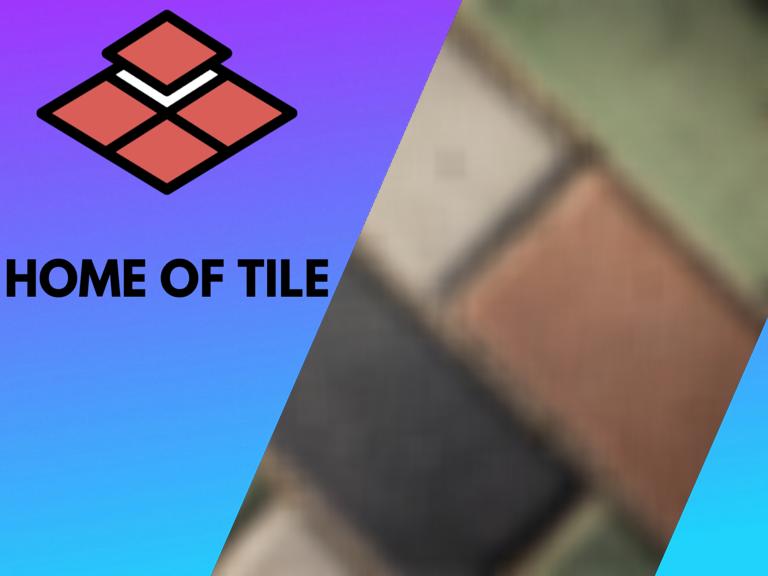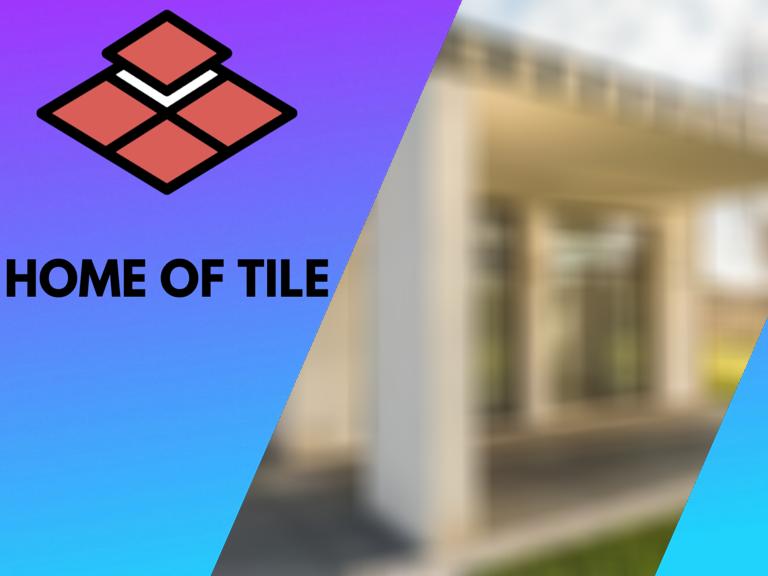Outdoor Tiles for a Porch: 8 Things You Should Know
If you’re interested in installing tiles on your outdoor porch, you should know that not all tiles are suitable for outdoor use. Some tiles are more durable than others, while others are better suited to colder or warmer climates.
The best outdoor tiles for porches include porcelain, granite, limestone, ceramic, and soapstone. These tiles offer a variety of features, including strength, durability, versatility, and style, and many are naturally waterproof.

If you’re looking for information concerning the kind of outdoor tiles you can have for your porch, you’ve come to the right place. Read on to learn about the best tile to use on your porch, whether you can tile an outdoor porch, and if your tiles need additional waterproofing.
Contents
What Kind of Tile Do You Use for a Porch?
The tiles to use for a porch include porcelain, limestone granite, ceramic, and soapstone. For outdoor spaces like a porch, you will need to consider a tile’s durability. You need tiles made from materials with a natural resistance to weather elements and everyday wear and tear.
Tiles for outdoor porches can include both natural and manufactured materials.
The right kind of tiles for a porch depends on factors like application and the climate in which you reside. For instance, an unsealed sandstone tile may be great for hot climates in Nevada or California but may not be suitable for damp states like Minnesota or Wyoming.
Additionally, the kind of tiles you use depends on where you will place them and what they’ll be used for. A deck experiencing heavy traffic will need durable tiles compared to an art mural on the patio wall.
● Porcelain
Porcelain is one of the best choices for outdoor tiles because it offers versatility, durability, strength, and sturdiness. Porcelain is also suitable for any climate, including freezing temperatures.
Because of its low water absorption rate, it is almost fully waterproof. It is great for use in and around the pool. Additionally, porcelain offers a versatile look. You can get it to look like other materials, including natural stone.
● Granite
Granite is one of the more expensive stone tile options available. This is because it is highly durable, resistant to bacteria, and naturally waterproof. If you have children or dogs, then granite is the best option because it is scratch-resistant, sturdy, and does not crack or chip easily.
● Limestone
Limestone is not new to construction and is one of the best materials to use when it comes to tiles. It naturally comes in tan, gray, brown, and red colors. Because they’re light in color, they easily reflect the sun’s rays. This helps keep them cool even on the hottest days. Even though limestone tiles are durable, they can be easily scratched.
● Soapstone
If you live in a hot climate, soapstone is the best tile to choose from. It is resistant to staining, water, and high heat. This tile is the ideal outdoor material because it’s naturally waterproof, so it’s the best option if you have a pool or other water features.
● Ceramic
Ceramic tiles are one of the more affordable options. They’re smooth and classy; you can also use them to create a stylish focal point for your porch. However, you should note that ceramic tiles can only handle light patio use. These tiles aren’t the best choice if you have too much foot traffic on your porch.
Can You Tile an Outside Porch?
You can tile an outside porch, provided it has the right base. The porch should drain water easily, and if there are any cracks, they must be stable and level. Additionally, you want to avoid tiling on sunk concrete on the same or lower level as the surrounding soil.
The concrete being lower only makes it easier for water to pool on the tiles, causing damage. The damage can be extensive if the tiles aren’t waterproof.
You’d also need to choose tiles that are suitable for the climate you’re in. Alternatively, you can stick to versatile, durable, and waterproof tiles, like porcelain ones.
Do Outdoor Tiles Need Waterproofing?
Some outdoor tiles need waterproofing because not all of them are waterproof. Tiles and cement alone are insufficient to prevent water from seeping through and causing damage. Outdoor tiles are especially prone to exposure to the elements like rain or snow.
You must also distinguish between water-resistant and waterproof tiles. Waterproof will not allow any water through, remaining watertight. Other tiles may be water-resistant, but water will eventually seep through with time.
If you are a DIY kind of person, then waterproofing your outdoor tiles is something that even you can do. You’ll need the following items.
- Waterproofing system
- Primer
- Reinforcing membrane
- Sealant
- Block brush
- Roller
To waterproof your tiles, follow the steps below:
- You start by priming the area you want to waterproof. It must be clean and dry. Use the block brush to apply the primer to the surface. Allow the primer to dry for some time.
- Once the primer dries, add a level of the sealant (preferably silicon). The sealant must be level before adding the reinforcing membrane. The membrane helps boost the base’s waterproofing ability.
- If the area you’re working with already has tiles, ensure you’ve applied the primer, sealant, and reinforcing membrane to the tiles. Furthermore, try and choose non-porous tiles.
Are Tiles Great for an Outdoor Garden?
Tiles are a great way of adding style and character to a plain garden. Here’s why you should consider using tiles in your garden:
- Style: Tiles are a great way to add creativity and style to your home. Some tiles might look flashy and loud indoors, but they’d look great in the garden surrounded by colorful flowers and greenery.
- Walkways: If you have a complex garden that is difficult to walk through, you can use tiles to create a stylish path. This works, too, if you’re worried about people accidentally stepping on your plants or flowers.
Garden furniture: Instead of using regular furniture, you can actually buy (or make!) cute garden furniture out of tiles. A tiled set of chairs, a table, or a bench can add color and character to an otherwise plain garden. So, you get the functionality and style combined.







